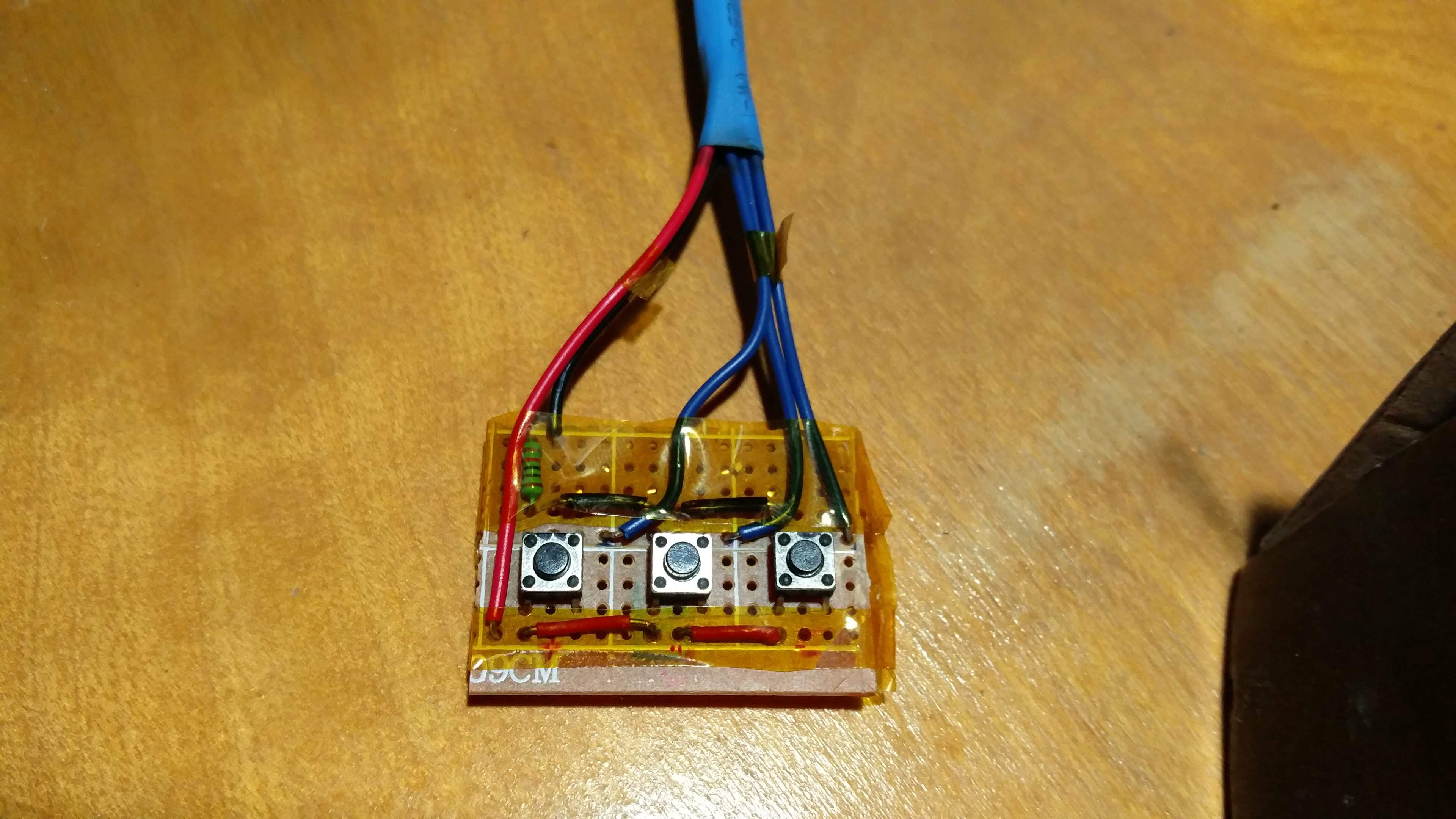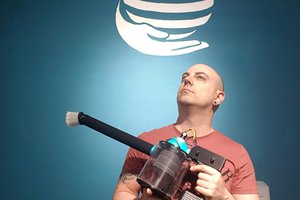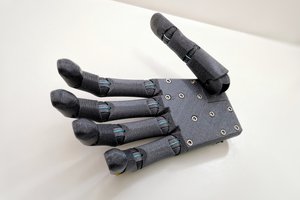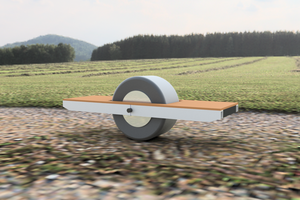Project History
This project started in September of 2018. My family has a long history of beekeeping and this project steamed from that, as I noticed that one of the primary tools, the smoker, had not been changed since it's original patent, which was filed in the late 19th century. I proceeded with developing an update to the design that could make use of modern-day technology to add new, useful features or improve the existing design to be easier to use and more controlled. The first design became Hyve 1.0, which was a modification of an off-the-shelf bee smoker to use a small fan and Arduino compatible microcontroller, enclosed in a ergonomic 3D printed handle. Some early testing was performed with this model, however, it ultimately fell apart during final assembly. This was because the handle was printed as single hollow tubes, which proved extremely difficult to actually shove all of the components inside. This model did prove that the idea was feasible though, and spawned the development of a completely original design.
Notable Milestones
- 23 Sep 2018 - Project start date - components included a salvaged laptop fan, Adafruit Metro Mini, Adafruit OLED i2c display, and a Adafruit BLE adapter.
![]()
- 30 Sep 2018 - 18650 battery and charge circuit sourced from a battery bank and a rotary encoder was added for user input.
- 11 Nov 2018 - Rotary encoder was found to be broken and a 3-button interface board was built
- 1 Dec 2018 - Test motor enclosure and fan were printed.
- 2 Dec 2018 - New fan blade and handle enclosure design were printed.
![]()
- 6 Dec 2018 - Bulky motor replaced with 30mm fan. Final design of fan enclosure and lower handle assembly were printed and attached to smoker combustion chamber.
- 9 Dec 2018 - Interface board was rebuilt with the display attached.
- 10 Dec 2018 - Final assembly and multiple component failures. Tests were conducted by controlling fan speed with variable DC power supply.
- Sometime in Spring 2019 - Hyve 1.0 prototype disassembled for parts.
Over the course of 2019, a new design has been created for version 2.


 Nate
Nate


 Madaeon
Madaeon
 Alex Anderson
Alex Anderson
 Supercell
Supercell
 Matt
Matt